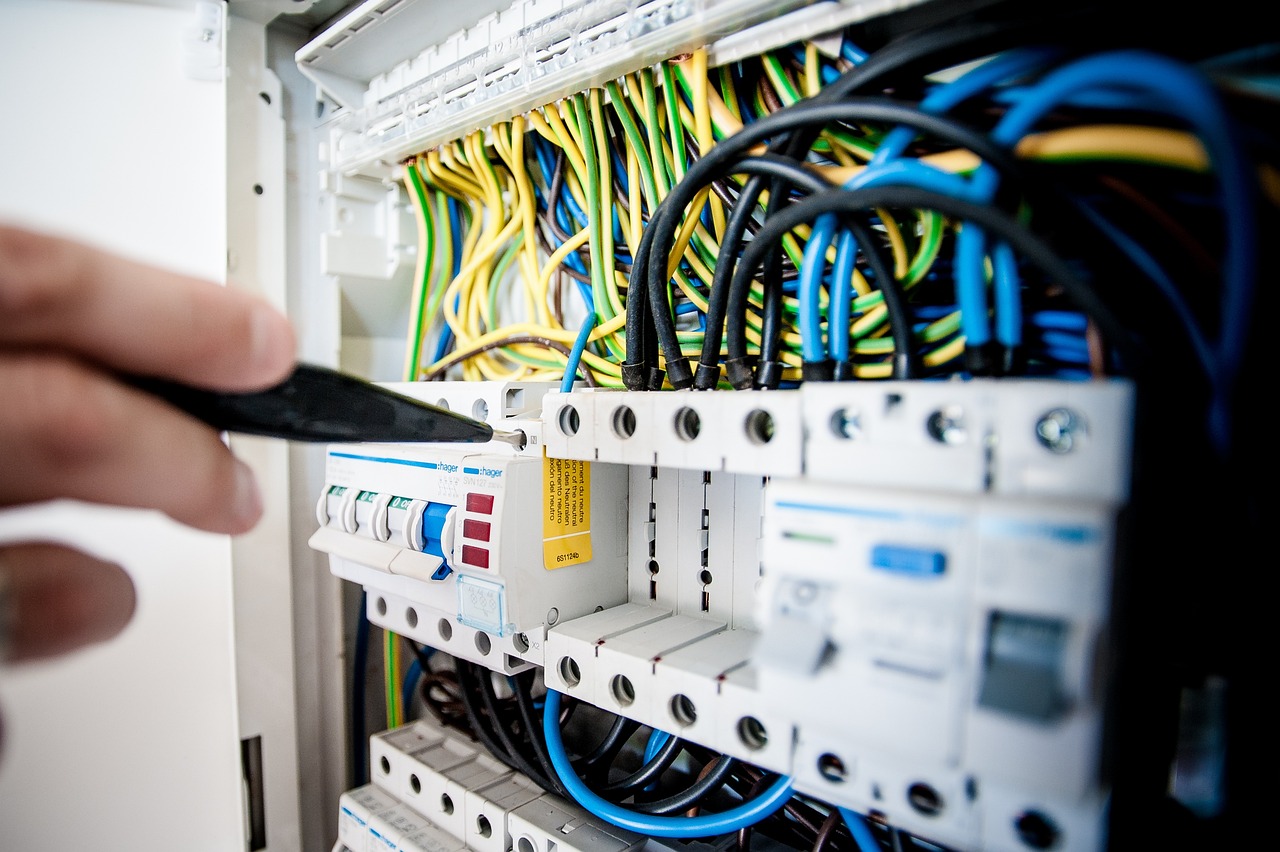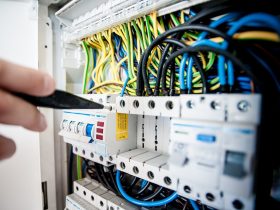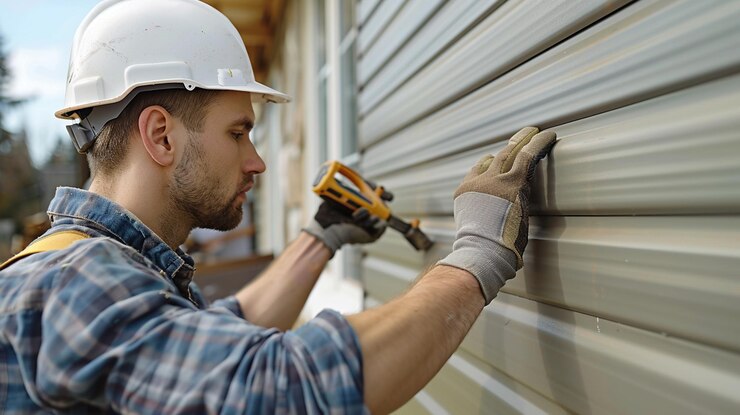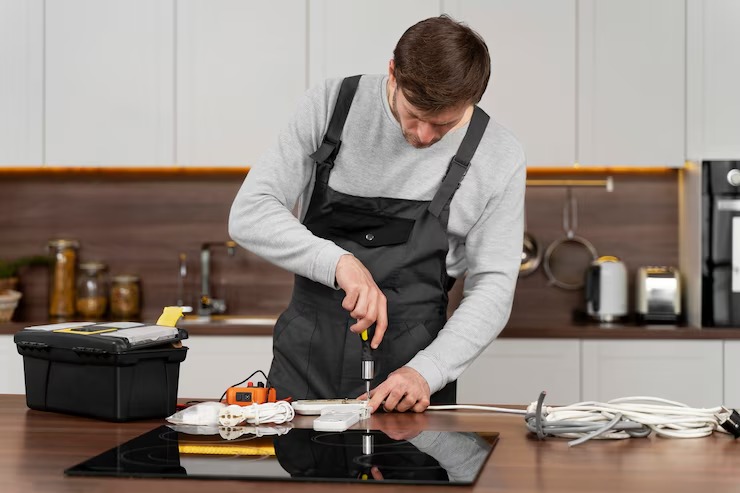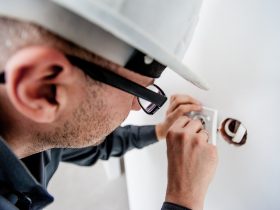Electrical problems can be intimidating, but many common issues are easier to fix than you might think. With basic tools, a bit of know-how, and a focus on safety, you can handle these simple electrical repairs and keep your home functioning smoothly.
Resetting a Tripped GFCI Outlet
Ground Fault Circuit Interrupter (GFCI) outlets are designed to protect against electrical shocks by shutting off power when an imbalance is detected. If one of your outlets stops working, check nearby GFCI outlets for a tripped “reset” button. Simply press the button to restore power. If resetting doesn’t work, inspect the breaker box to ensure the circuit hasn’t tripped.
Replacing a Faulty Outlet
A malfunctioning outlet is a common problem that’s easy to fix. Start by turning off the power at the breaker panel. Remove the outlet cover and unscrew the outlet from the wall. Take note of the wire connections—black (hot), white (neutral), and green or bare (ground). Disconnect the wires, attach them to a new outlet, and secure it back into the wall before restoring power.
Fixing a Light That Won’t Turn On
When a light won’t turn on, the bulb is often the culprit. Replace it with a new one to see if that resolves the issue. If not, check the fixture’s wiring. Turn off the power, remove the fixture, and ensure all wire connections are tight and secure. If necessary, replace the fixture with a new one.
Repairing a Loose Ceiling Fan
A loose or wobbling ceiling fan can be a nuisance and a safety concern. Turn off the fan and tighten all screws on the blades, brackets, and mounting hardware. If the fan continues to wobble, use a blade-balancing kit to adjust the weight distribution. This quick fix will ensure the fan operates smoothly and safely.
Replacing a Faulty Light Switch
A flickering or non-functioning light switch might need replacement. Turn off the power at the breaker, remove the cover plate, and unscrew the switch. Take note of the wire connections before disconnecting them. Attach the wires to a new switch, secure it back into the wall, and restore power to test.
Safety Tips for DIY Electrical Repairs
Always prioritize safety when working with electricity. Turn off the power to the circuit you’re working on and test with a voltage tester to ensure it’s not live. Use insulated tools, wear rubber-soled shoes, and work in a dry environment to minimize risks. If a problem seems complex or beyond your skill level, don’t hesitate to call a licensed electrician.

